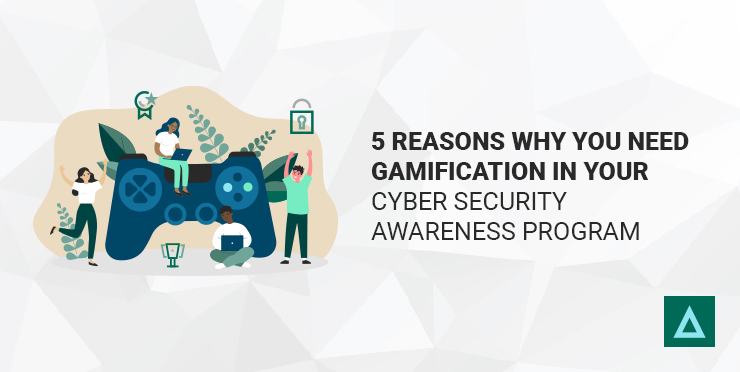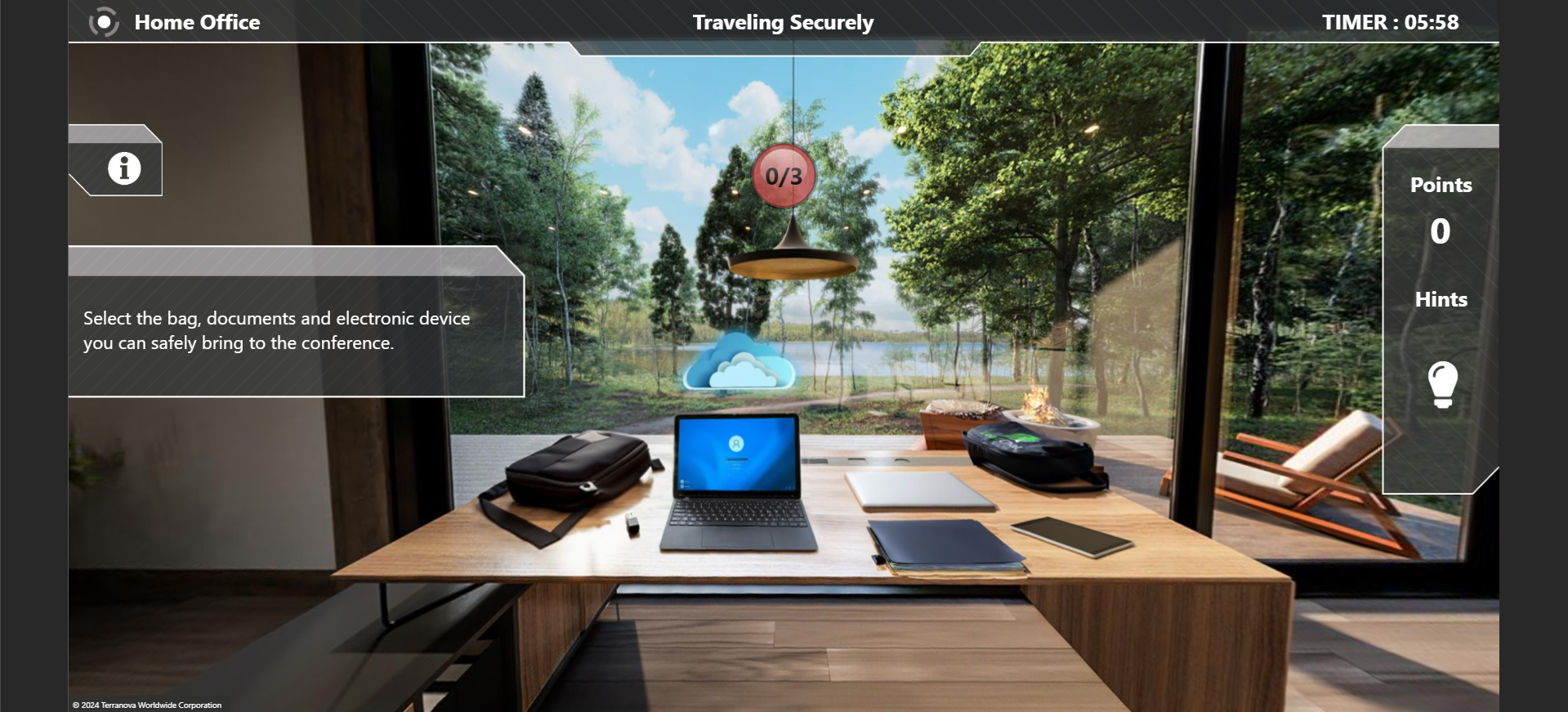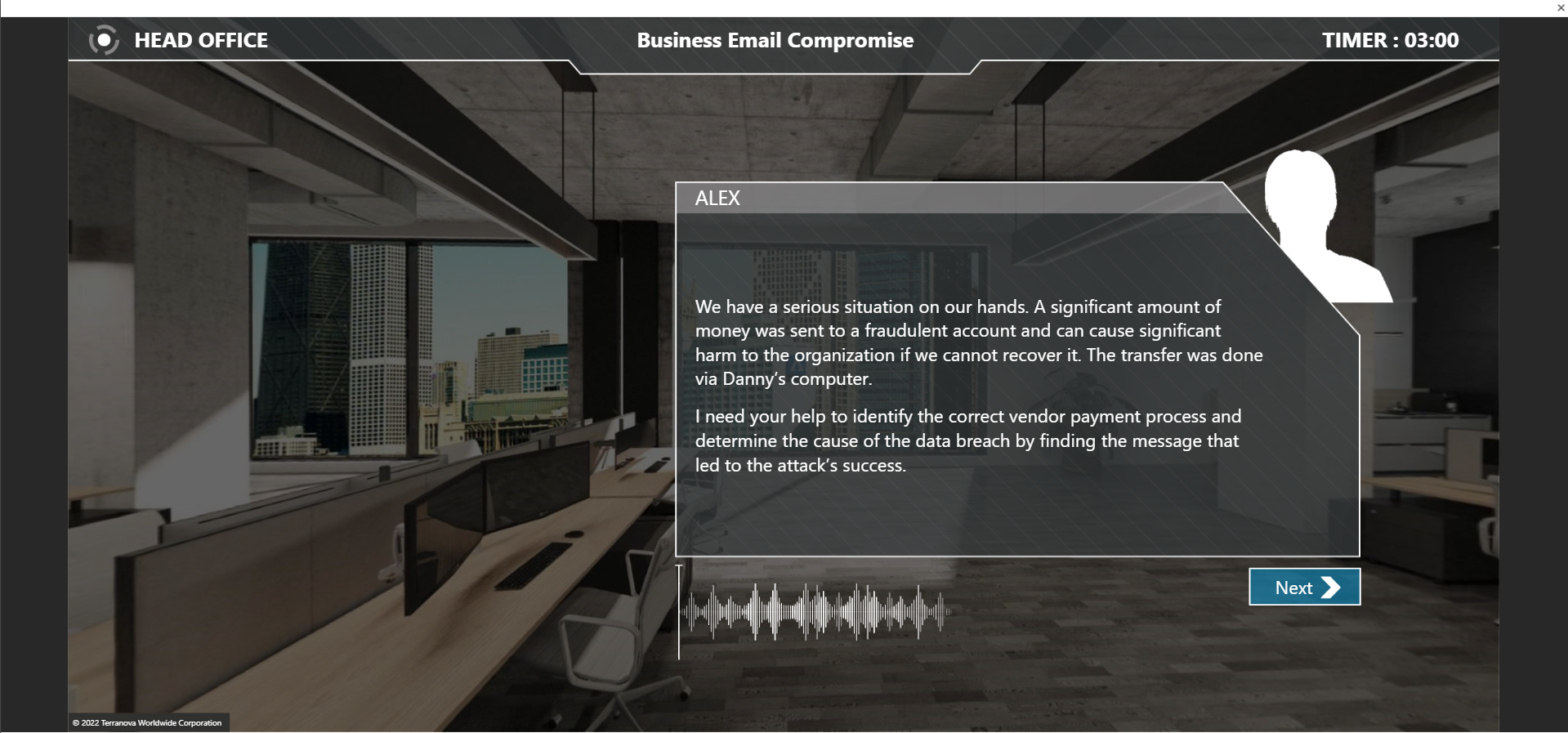
Cyber security training is crucial, yet traditional methods often fail to inspire engagement, leading to subpar knowledge retention and application of critical security practices.
As security threats constantly evolve, you need training that not only informs but also captivates and motivates.
Enter gamification. By weaving elements of game design into training programs, you can turn mundane learning into an interactive, rewarding experience. This approach has been shown to boost engagement by 60% and make 90% of employees feel more productive and involved.
Let’s explore the top reasons why gamification can be a game-changer for your cyber security training.

The Benefits of Gamifying Your Cyber Security Awareness Program
Gamification can transform cyber security awareness programs from uninteresting tasks into engaging and effective learning experiences. By incorporating game design elements, organizations can significantly enhance employee participation, retention, and behavior change.
1. Reflect Real-World Threats

One key advantage of gamified learning is the ability to create a safe and interactive environment where employees can test their cyber security knowledge without real-world consequences.
By using simulations and scenarios that mirror actual cyber security threats, employees can practice responding to phishing attacks, data breaches, and other common threats.
This hands-on approach helps users build confidence in their abilities and better understand how to apply their knowledge in real-world situations, ultimately enhancing their preparedness for actual threats.
2. Increases Participation and Course Completion
Users who enjoy learning about cyber security are more likely to complete the course and look forward to future ones. Engaging and relevant content is key to this. Gamification tools such as points for quizzes and a leaderboard to track progress can drive participation.
This competitive element encourages users to engage with all the content to compare their scores with coworkers, enhancing immersion. A leaderboard also promotes healthy competition among divisions, as managers might encourage their teams to excel to improve their ranking.
3. Gamified Learning for Better Retention
When employees mindlessly click through a course, they fail to retain critical knowledge, which can compromise their ability to respond effectively in real-world situations. Engaging, interactive training methods are essential to ensure that employees not only absorb information but also can apply it effectively when needed.
Gamified learning experiences promote proactive skill development and enhance knowledge retention. For instance, incorporating a mystery-style game where users find clues related to cyber security topics makes learning more interactive and enjoyable.
This approach ensures that users are continuously developing their skills, leading to better retention and understanding of the material. Immediate feedback and rewards in gamified learning further support this continuous skill development.
4. Facilitate Behavior Change
A common challenge with cyber security awareness campaigns is that employees may not feel the content is relevant to them. Gamification addresses this by involving users directly and providing feedback through points and rewards, fostering a deeper connection with the material.
Interactive scenarios, such as identifying phishing attempts in a simulated email client, help users apply what they learn in real-world settings, leading to lasting behavior changes and heightened vigilance.
5. Level Up Existing Campaigns and Programs
Gamification can enhance both new cyber security awareness campaigns and existing programs that need to be repeated periodically, such as those on password strength and phishing.
Adding elements like time limits to quizzes can make them more engaging and competitive, encouraging employees to improve their performance each time. This continuous engagement helps reinforce learning and maintain high levels of cyber security awareness across the organization.
See What Gamified Security Training Could Look Like
Gamification offers a powerful way to enhance engagement and retention in cyber security awareness programs. By making learning interactive and enjoyable, you ensure that your users understand the material and integrate it into their daily routines.
Experience firsthand how engaging and effective gamified security training can be. Try our free game and get a sneak peek of our gamified content to see the difference it can make in your organization's cyber security awareness program.